Visual recognition Normal Worksheets for Ages 6-7
6 filtered results
-
From - To
Discover an engaging collection of Visual Recognition Normal Worksheets designed specifically for ages 6-7. These fun and educational activities help children enhance their visual discrimination and observation skills through vibrant images and creative exercises. Perfect for homeschool and classroom settings, our worksheets cover recognizing patterns, identifying differences, and matching objects. These tasks not only build critical thinking but also support early literacy and math skills. Foster your child's cognitive development with our expertly crafted worksheets. Visit Kids Academy to empower your child's learning journey with interactive and enjoyable visual recognition challenges.
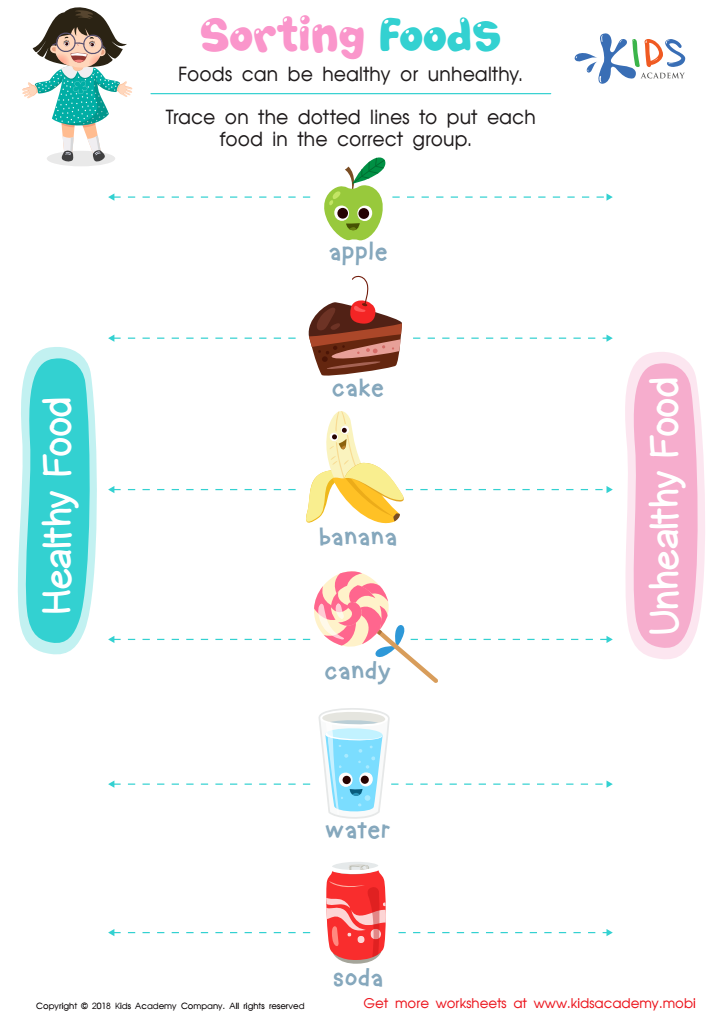

Sorting Food Worksheet
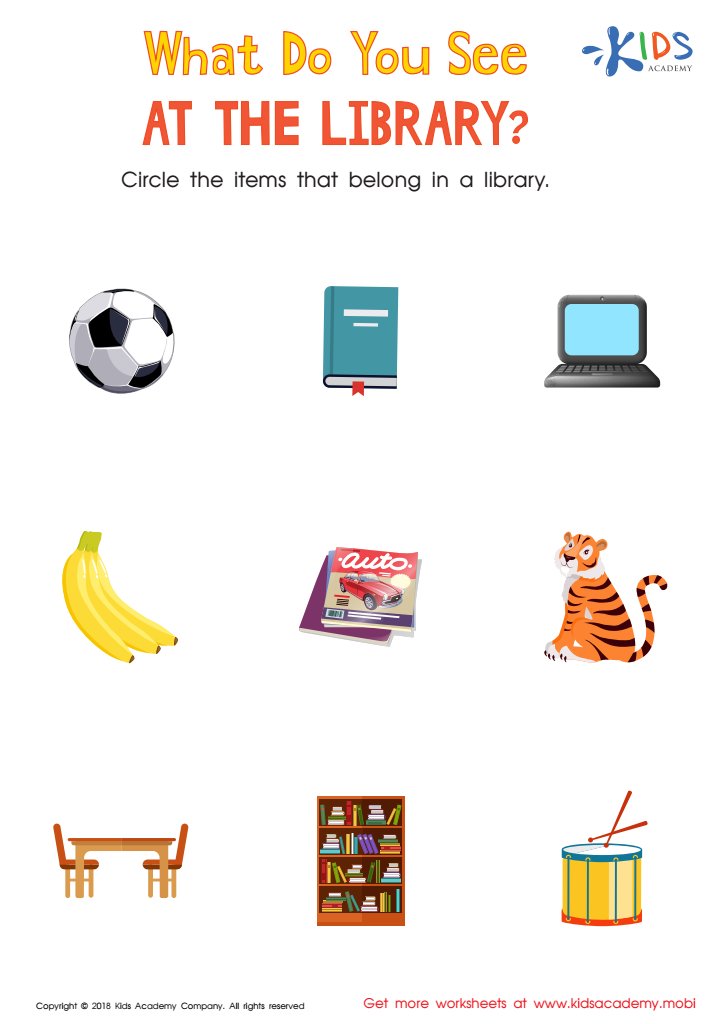

What Do you See at the Library? Worksheet
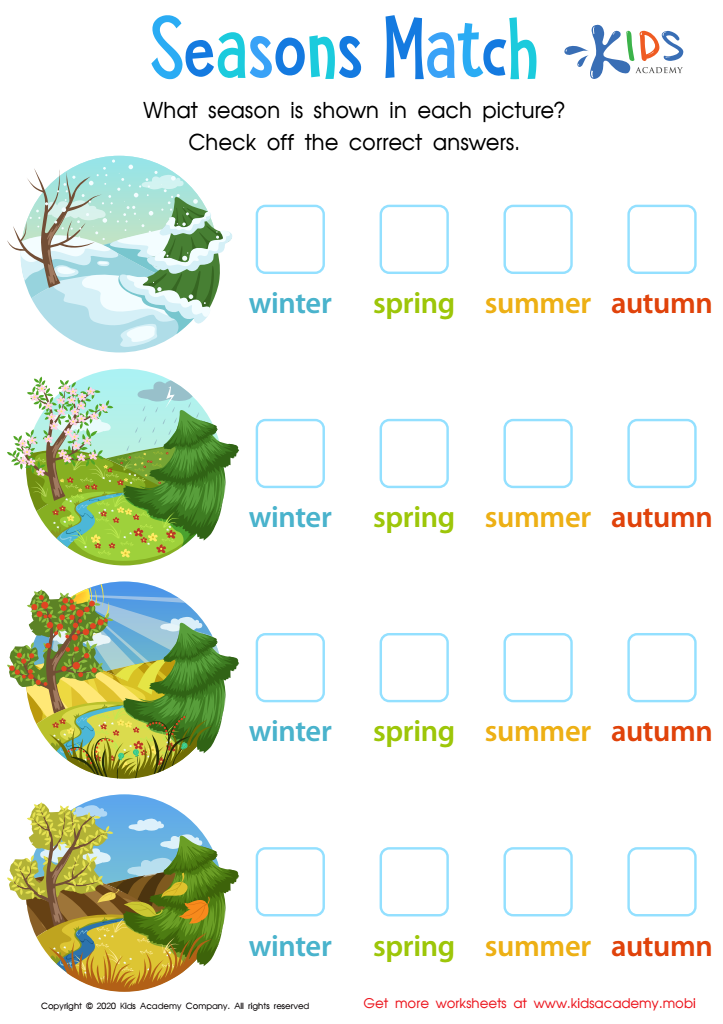

Seasons Match Worksheet


Skip Counting by 10 Through Our Community Worksheet


Match the Picture Worksheet
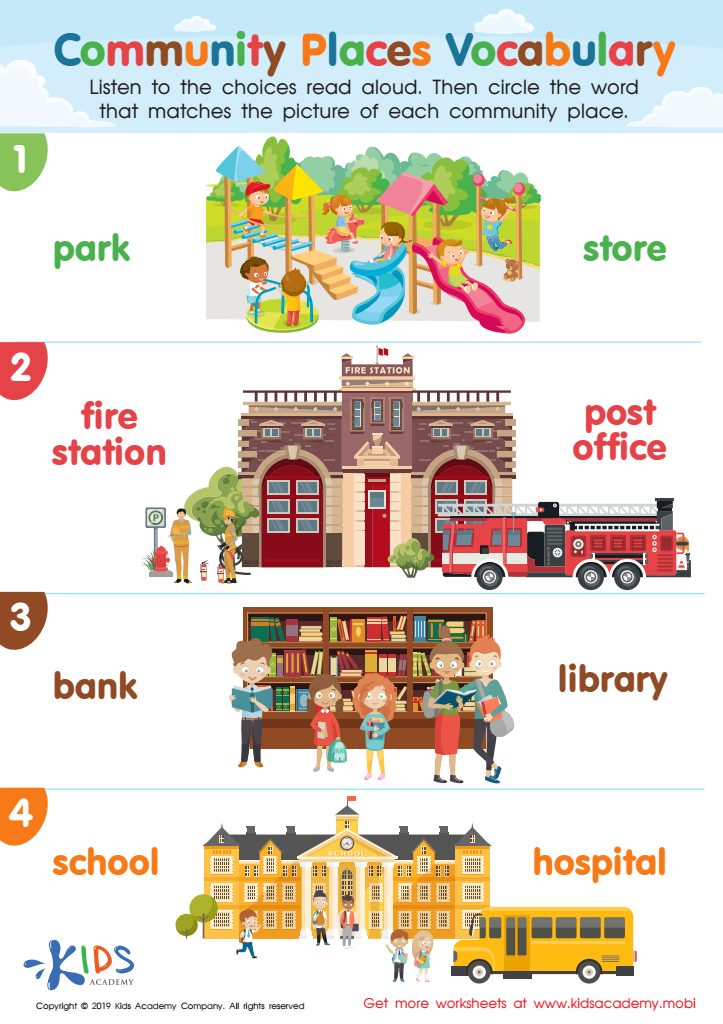

Community Places Vocabulary Worksheet
Visual recognition is pivotal for children aged 6-7 as it underpins numerous key developmental areas, enhancing both learning and practical living skills. This capability allows children to identify and differentiate between objects, symbols, and letters, which is fundamental to effective reading and writing. Strong visual recognition skills help children recognize words by sight, an essential skill for fluent reading and comprehension.
In early mathematics, visual recognition aids in distinguishing between different shapes and numbers, paving the way for more complex problem-solving skills. Moreover, in subjects like science and geography, the ability to recognize diagrams, maps, and patterns supports broader understanding and retention of information.
Beyond academics, visual recognition contributes significantly to safety and social intelligence. Children learn to interpret important visual cues, such as traffic signs, which ensures their safety. They are also more adept at interpreting facial expressions and body language, crucial for developing empathy and communicating effectively with peers and adults.
Teachers and parents should foster visual recognition through interactive activities such as puzzles, matching games, and reading together. These help solidify the neural pathways responsible for visual processing. Overall, prioritizing visual recognition in early development lays a solid foundation for a child's educational journey and everyday functional skills.
 Assign to My Students
Assign to My Students





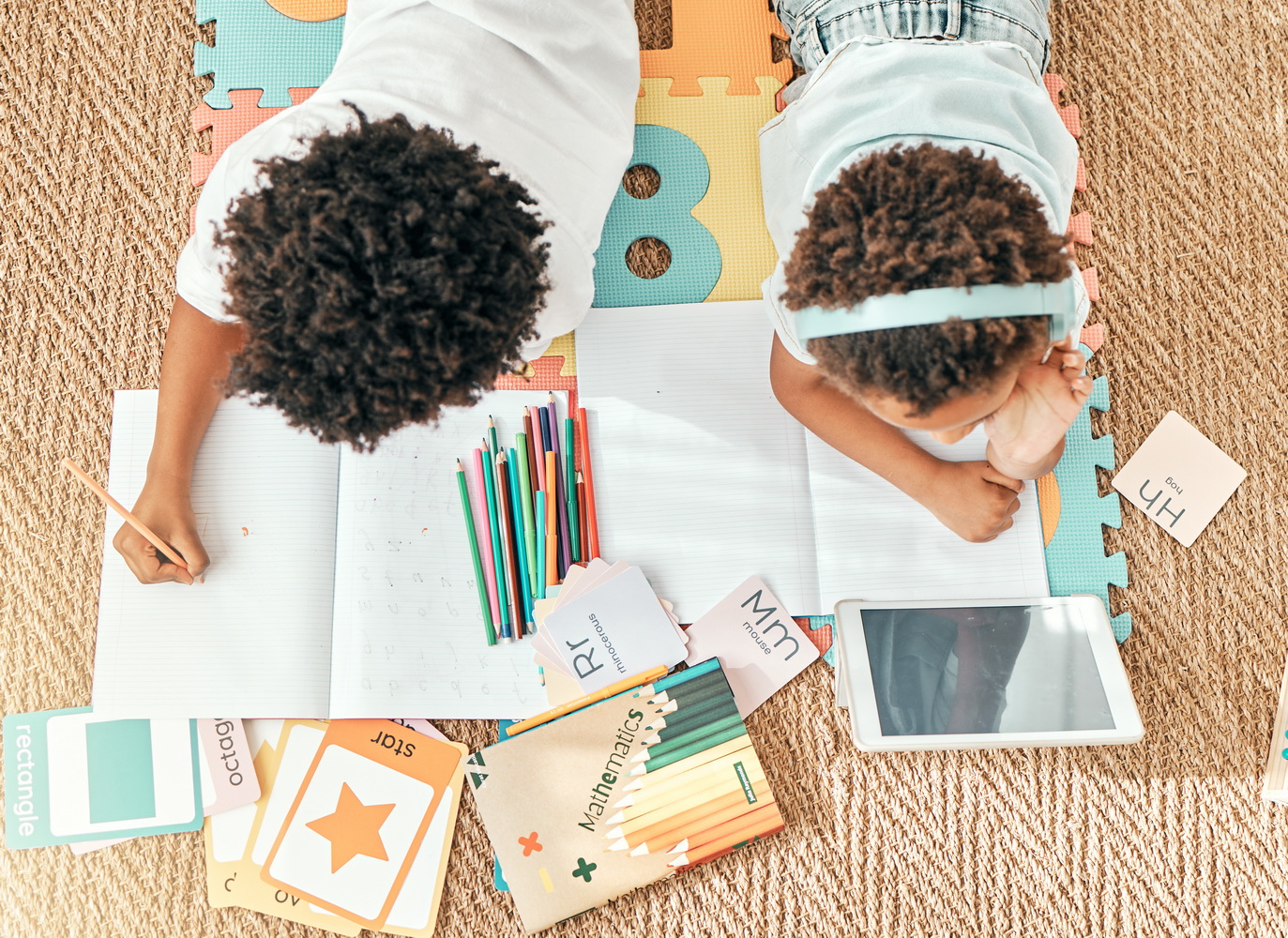


.jpg)

.jpg)









